Getting takeout or ordering delivery is now more popular than dining inside a restaurant according to a 2023 survey. A 2022 survey found that for a third of restaurants, digital channels drive 50 percent or more of total sales. Restaurants could miss out on significant profits if they don’t tap into this bustling market — but that doesn’t mean third-party delivery apps are their best option.
Here’s a breakdown of the average food delivery app development cost and what it takes to build your own food delivery app.
Why should you build a food delivery app like Uber Eats?
Third-party food delivery apps like Uber Eats charge restaurants a commission, which can be 15 to 30 percent per order. Restaurants have to agree to pay these fees to be listed on the delivery apps.
This commission may not pose a problem for a major chain restaurant, but if you own a smaller restaurant, you may quickly find yourself in over your head when you try to balance these fees with the cost of running your business. Developing your own delivery app can free your restaurant from the ongoing fees associated with third-party delivery apps.
What’s more, if you’re in an area that has limited access to third-party delivery services, creating your own app allows you to reach customers outside of third-party apps’ delivery zones. Controlling the delivery hours and delivery radius with your own app gives you more flexibility, which can be particularly helpful if you need to pause deliveries due to a rush of in-person orders or understaffing.
Developing your own app can also help you appeal to customers and build relationships with them. You can match the app’s colors and fonts to your business’s branding, infuse your voice into the app’s copy, and encourage customer loyalty by offering rewards points, special discounts, and more.
Core features of a food delivery app
To provide a convenient food ordering experience, your app should include a few key features that mirror the most popular third-party delivery services:
- Details of each menu item: The app should provide all users — whether new or repeat customers — with a clear understanding of the dishes on your menu. Include a name, a description, and an image of each dish to minimize confusion.
- Customization and special instruction options: If a menu item is modifiable, your app can make the customization options simple for both consumers and workers. Using checkboxes for specific ingredients and a space to leave additional requests or comments enables clear and easy communication.
- Search and filter capabilities: Your app can allow customers to search for a specific dish or filter by category, speeding up the ordering process for both those who want to look through your menu options and those who already know what they’d like to order.
- Secure payment options: Properly handling your customers’ financial information is essential for maintaining trust. Whether customers use credit cards, debit cards, or electronic payment methods, make sure your app keeps their financial data safe.
- Delivery time estimates and real-time order tracking: Customers can get frustrated when they don’t know where their food delivery is or when it will arrive. Showing an upfront estimate of the delivery time and a live map of the order’s location can help minimize friction with customers.
Average food delivery app development cost
Creating a food delivery app that’s not just functional but also user-friendly, visually appealing, and reliable is no easy feat. Depending on the features you want to include, it might not be cheap either.
Unless you have the coding skills to build an app from scratch, you’ll likely need to hire a developer. Depending on the developer’s rates, you could see a final bill anywhere between $10,000 and $500,000. A typical e-commerce app often costs $30,000 or more, not including the costs of ongoing maintenance.
You can try to estimate the total cost of developing an app by breaking down the specific costs of different phases of development. Here are estimates of each phase’s cost and how much of the total cost each phase takes up:
- Analysis and project planning: $5,000 to $25,000 or more; around 10 percent of total cost
- Design: $5,000 to $50,000 or more; around 15 percent of total cost
- Development: $5,000 to $60,000 or more; around 60 percent of total cost
- Testing and deployment: $5,000 to $10,000 or more; around 15 percent of total cost
Factors influencing development costs
Various factors contribute to the cost of developing your app:
- Platform: You want your app to be accessible to customers no matter what phone they have, but the two major app marketplaces — Google Play and Apple’s App Store — have different regulations and requirements that determine which apps they list. You might need to build two native apps from scratch, which can be especially costly.
- Menu size and variability: A larger restaurant menu that changes over the course of the year can make configuring your app more complex, requiring more billed hours of work from your developer. Multiple restaurant locations can also increase the app’s complexity — and its cost.
- Payment methods: While many customers will pay for their orders using a debit or credit card, expanding available payment options to include digital payment methods like Apple Pay and PayPal can encourage more orders. Including these payment methods can increase your development costs, however.
But building your app and making it available is only the beginning of your expenses. Keeping your app running smoothly after it’s launched also costs money.
App maintenance costs
Building an app can be expensive, but so can maintaining one.
The price of maintaining your app can range from 15–20 percent of your initial development costs. If your app ever goes offline or stops functioning, you run the risk of missing out on revenue, so ensuring it runs well and ironing out problems is essential. If you’re working with outside developers, that means paying their rates anytime you need to update the app.
Here are some estimated costs of different kinds of maintenance:
- Bugs and glitches: $1,000 to $2,000, depending on the issue
- Hosting: $70 to $320 per month
- IT support: $10,000 per year
- Payment gateways: $150 per month
- Third-party services: $4,000 per year
Before you balk at these numbers and give up on making your own app, consider some ways to decrease your food delivery app development cost while still offering your customers a quality product.
How to reduce food delivery app development costs
There are several ways you can try to bring down the cost of app development.
Different developers will charge different fees and give you different project time estimates, so shop around to get the best deal.
While outsourcing the work to a developer in another country can involve additional considerations like communicating across time zones and converting currencies correctly, coding skills are in demand around the globe, so outsourcing may be a cost-effective option.
Another way to reduce costs is to prioritize adding just enough features to create a minimal viable product. Your app might be bare-bones, but reducing complexity and features can help keep costs down.
If building an app from scratch seems cost prohibitive even if you keep it as simple as possible, there is fortunately another option. There are flexible, robust tools you can use to build custom apps without writing any code.
Jotform Apps is a powerful no-code app builder that provides a solution for businesses that want to create their own apps but don’t want to deal with the cost, time, and complexity of working with outside developers.
The future of food delivery apps
Jotform Apps offers more than 700 templates — including different types of food delivery app templates and an app template for collecting tips for your delivery drivers. It integrates with over 30 payment gateways that safely and smoothly process your customers’ financial information.
Thanks to Jotform’s drag-and-drop App Builder, you can easily add elements like links, buttons, images, and product lists to your app and customize your app’s icon and splash screen — all without writing a single line of code. When you’re finished, you can distribute your app to your restaurant patrons through a link, an email, or social media. You can also generate a QR code linking to your app that you can add to your website or include on physical menus.
While you may want to invest in additional features, you can get started with Jotform Apps for free, potentially saving thousands of dollars in app development costs.
FAQ
To provide the most convenience to your customers, your food delivery app should include the following:
- Detailed menu items with pictures and descriptions
- Filter and search options
- Customization and special instruction options
- Secure payment methods
- Delivery time estimates and order tracking
There are a number of reasons why you might want to build a food delivery app for your restaurant, including
- Avoiding commission fees from third-party food delivery apps
- Building brand awareness and customer relationships
- Having more control over your delivery hours and radius
Photo by Norma Mortenson
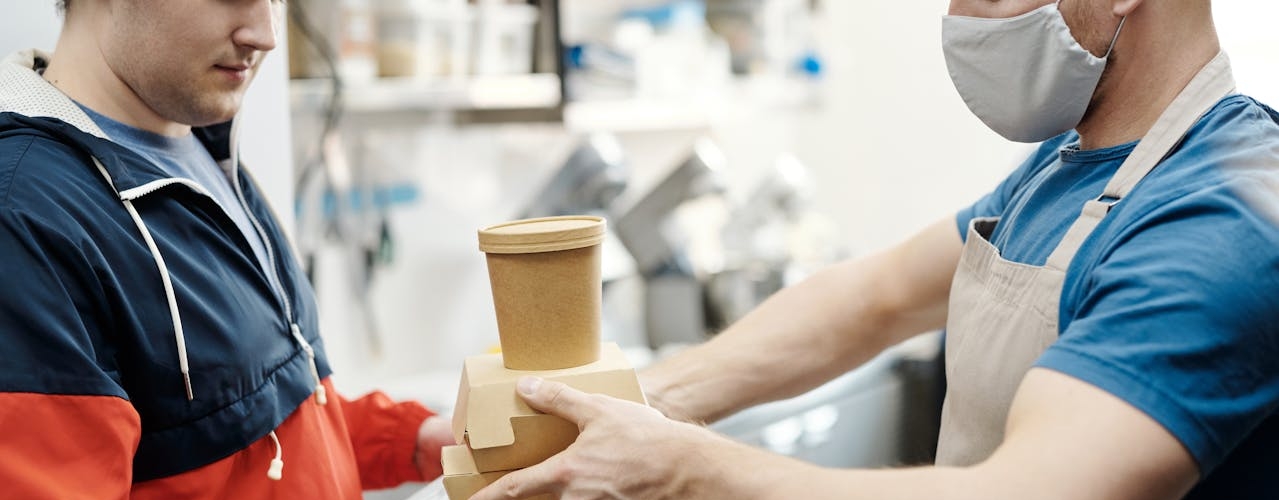


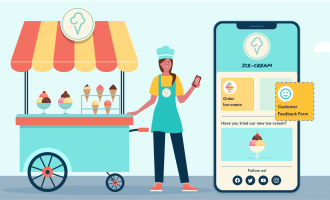
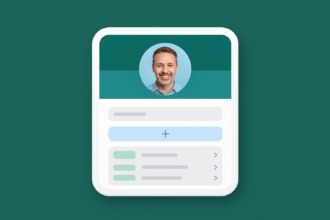
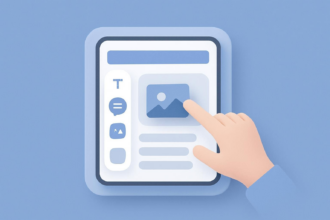
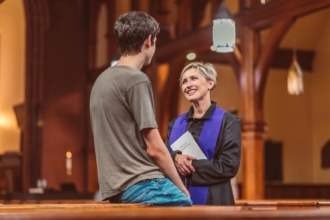

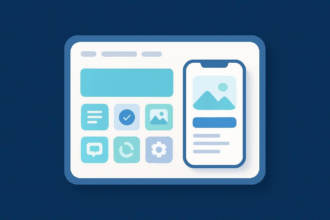
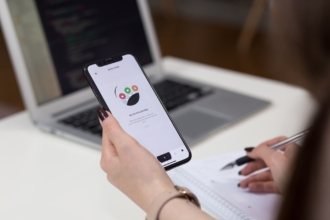

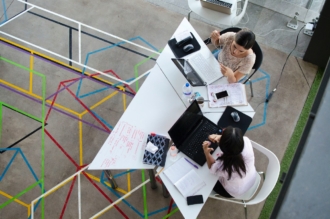






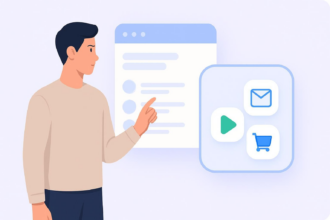
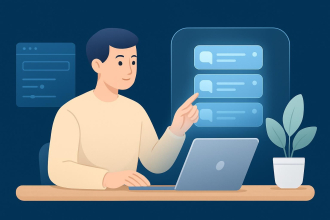
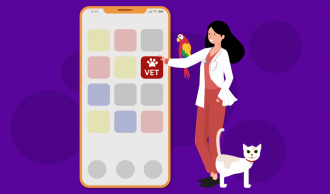
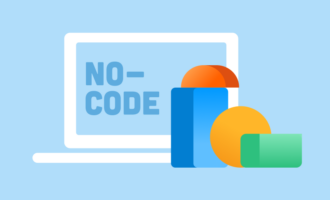

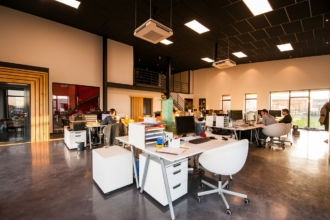

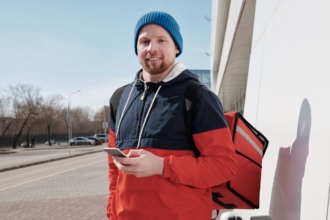



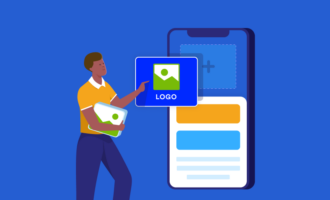

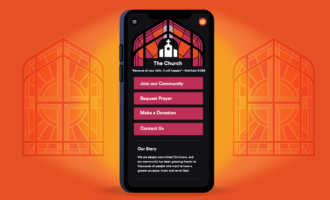
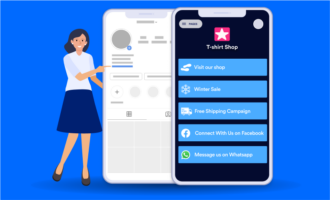
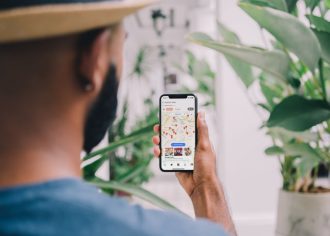



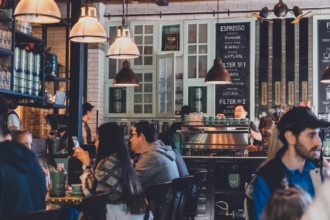

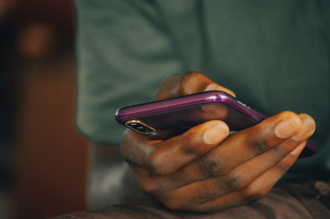



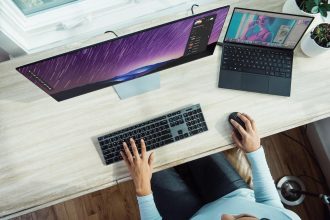






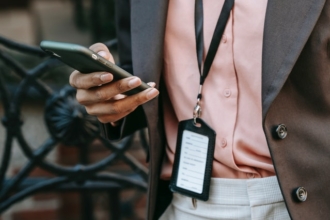
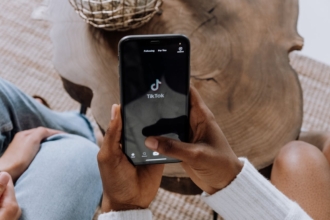

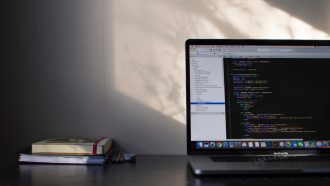

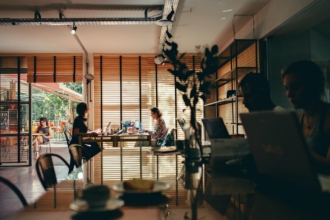
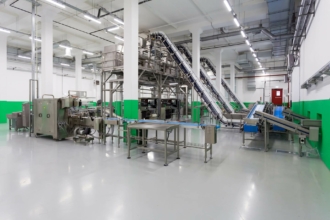











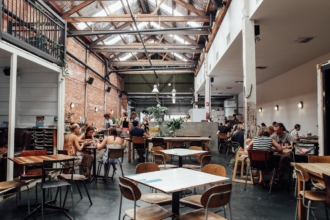



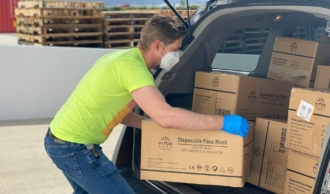
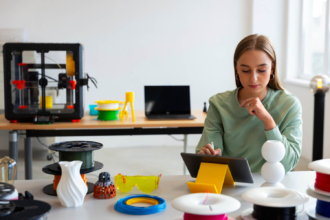




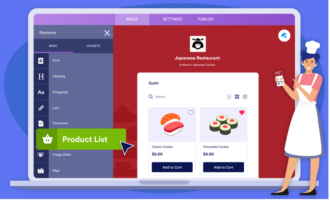


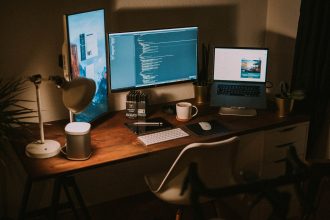

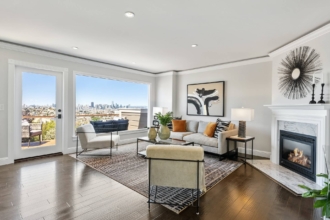

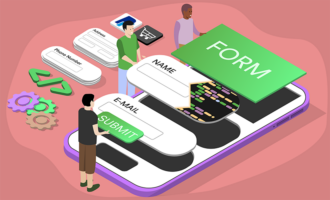

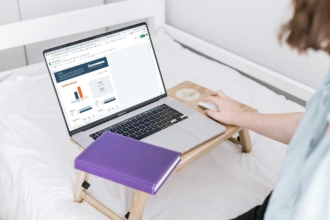

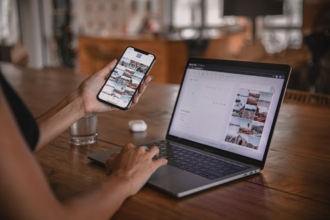


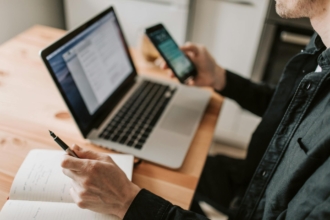
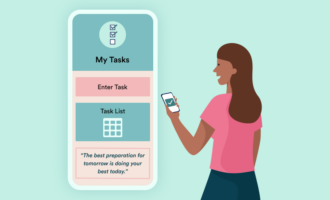
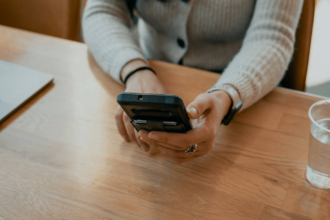
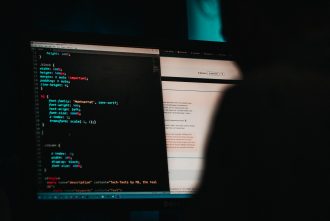
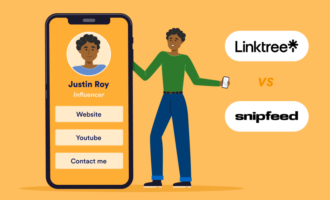





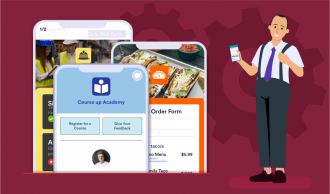
Send Comment: